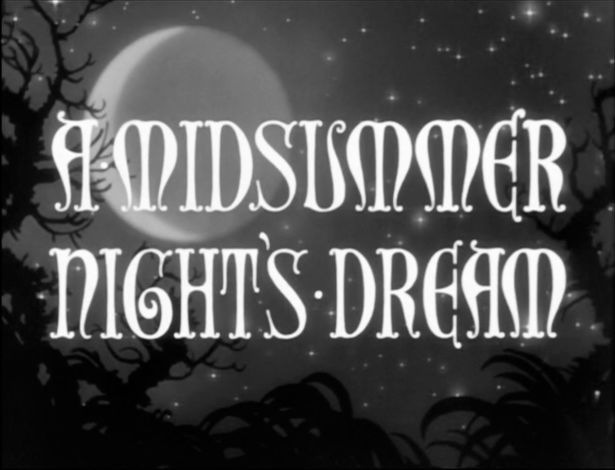
From stage to screen
This production isn't the first work of William Shakespeare to make it to the big screen. But this 1935 adaptation of A Midsummer Night's Dream is a nexus point for film and theatre.
It is based off famed German stage director Max Reinhardt’s production at the Hollywood Bowl performed the year earlier (and Reinhardt has also directed the play on Broadway in 1927). He was one of the premier Austrian directors of German-language theatre in the early 20th century. While Reinhardt had directed some silent films in the 1910s, Reinhardt largely rehearsed the actors for the movie version and German director William Dieterle was brought in to direct the filmic side of the movie. Dieterle made connections with Hollywood films in 1930, but prior to that he had an impressive career directing German silent films. The fantastic techniques used to depict the balletic fairies looks like it belongs more in the silent film era than the sound, and yet it’s one of the most visually striking elements of the film.
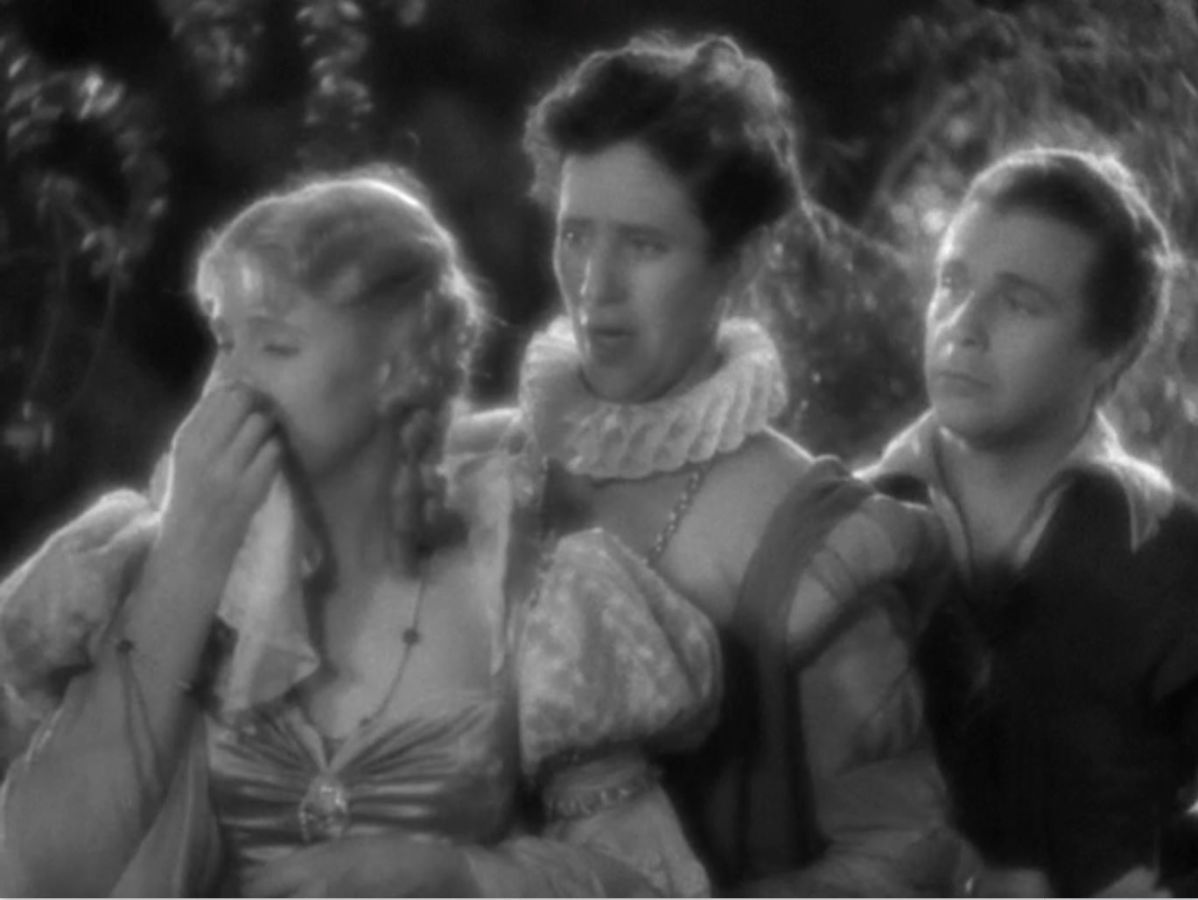
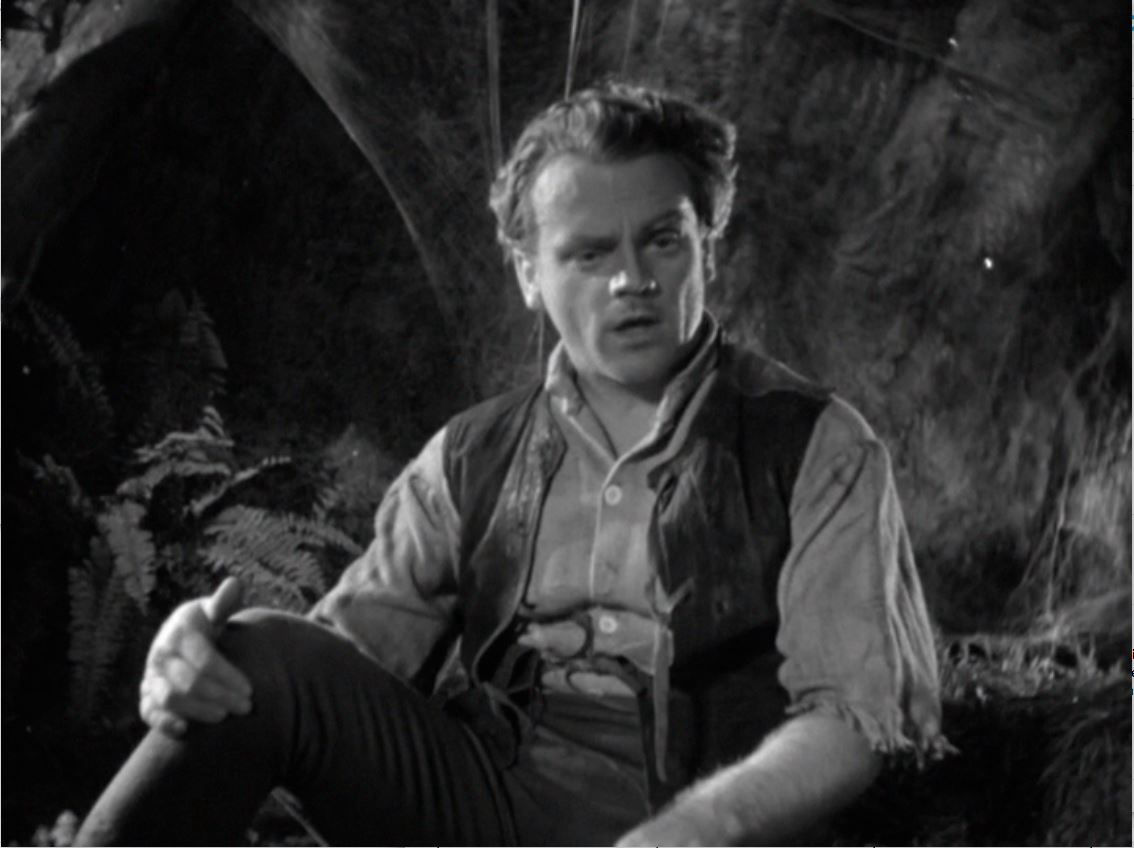
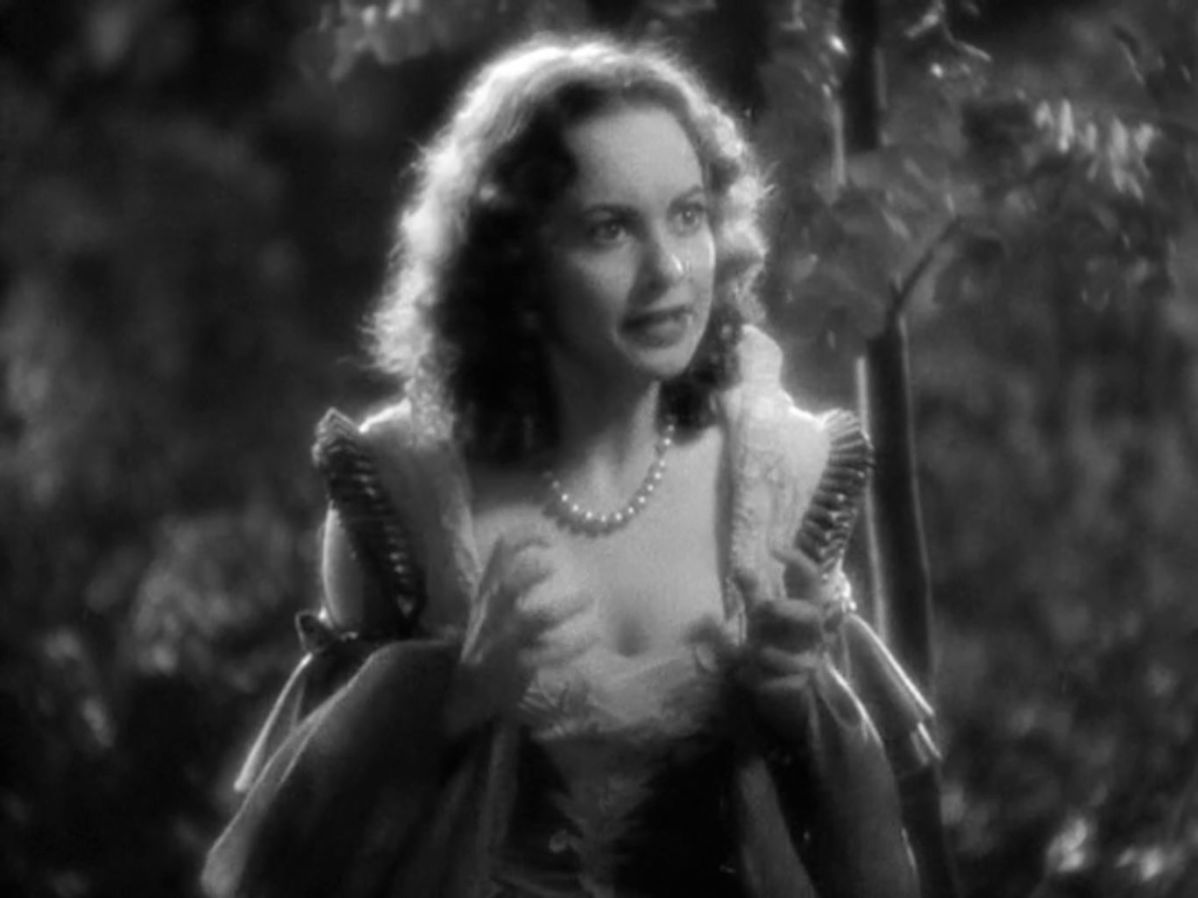
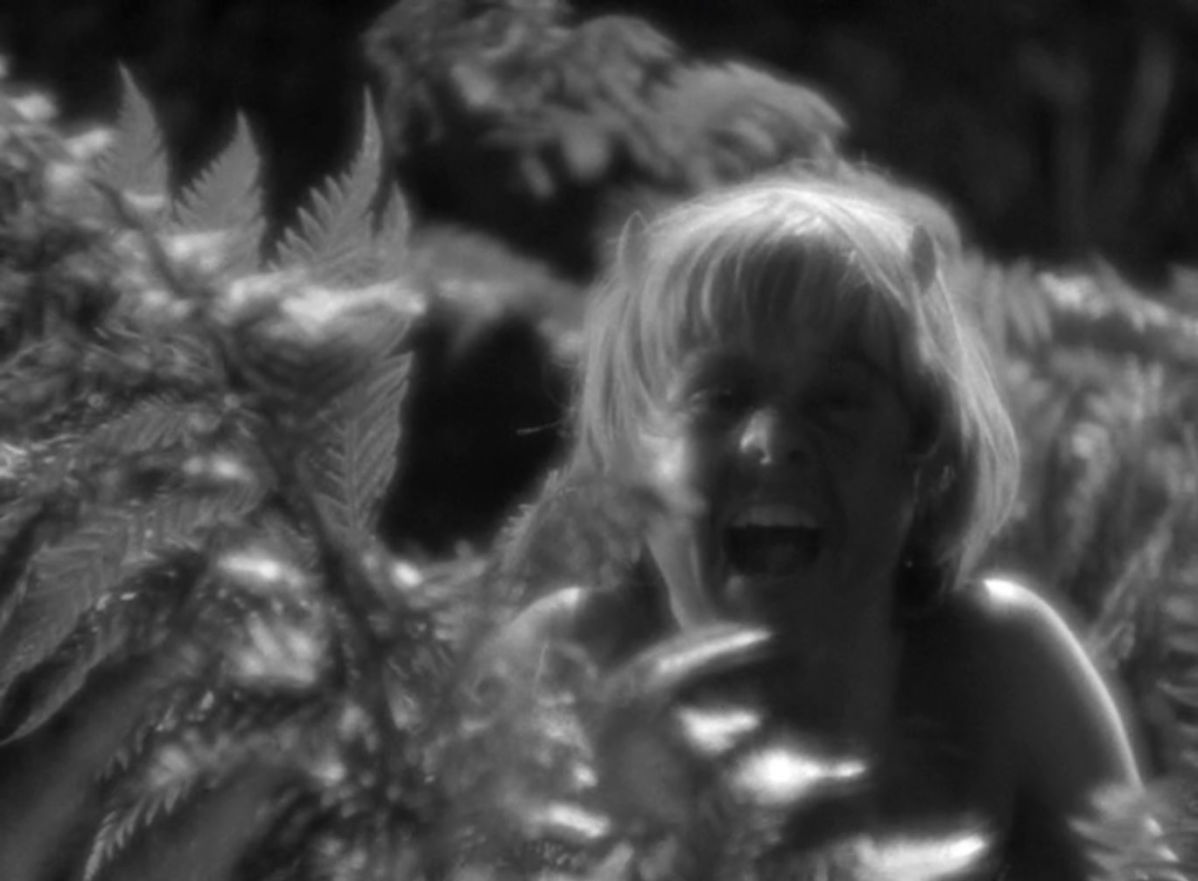 ">
">
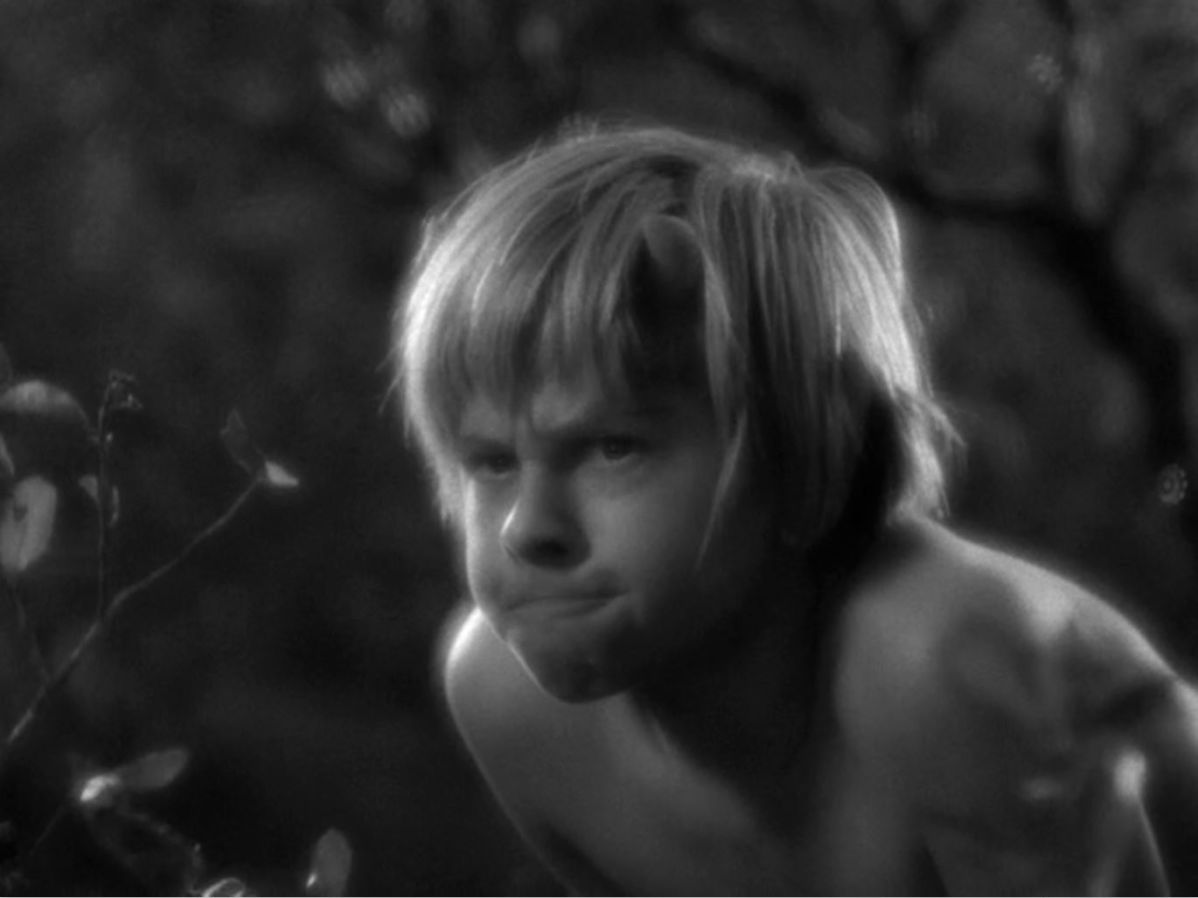
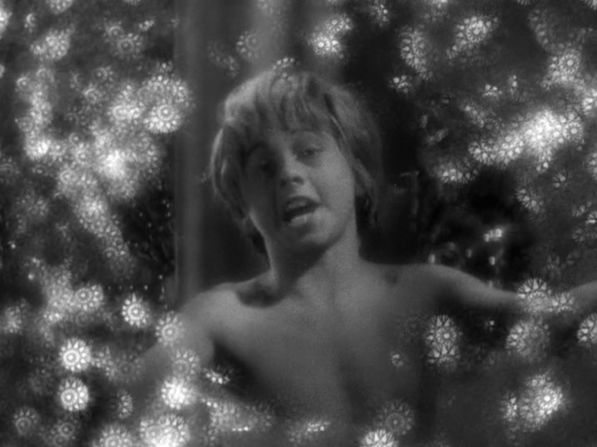
Contact Us